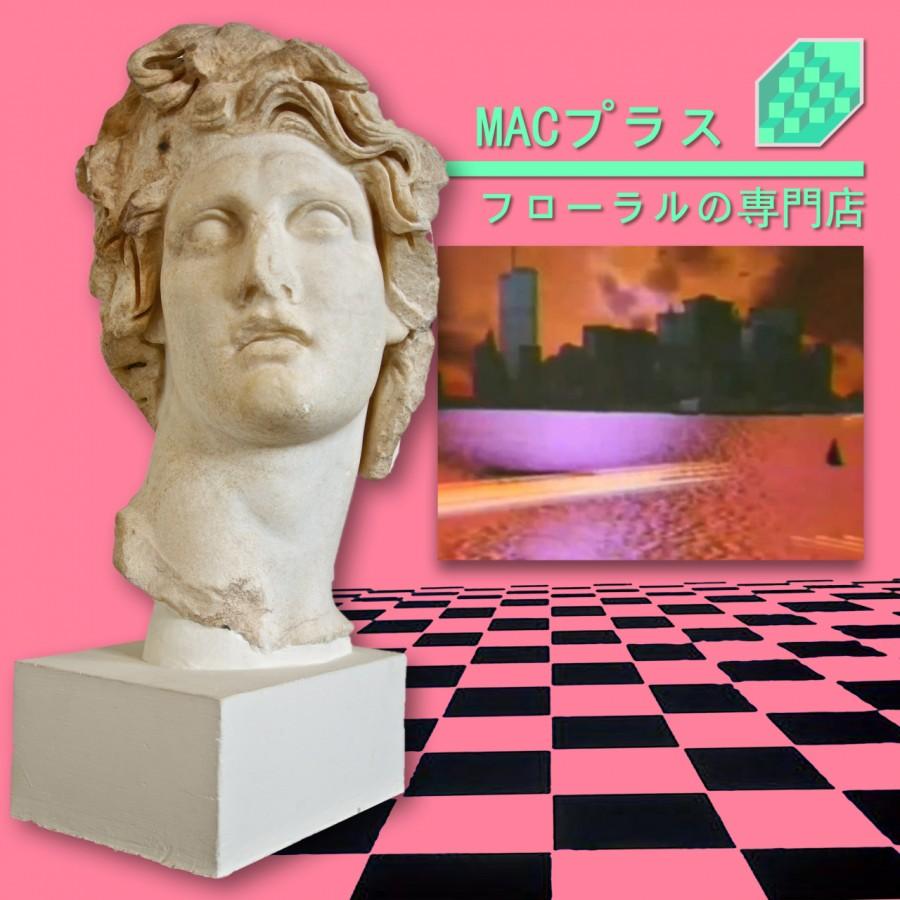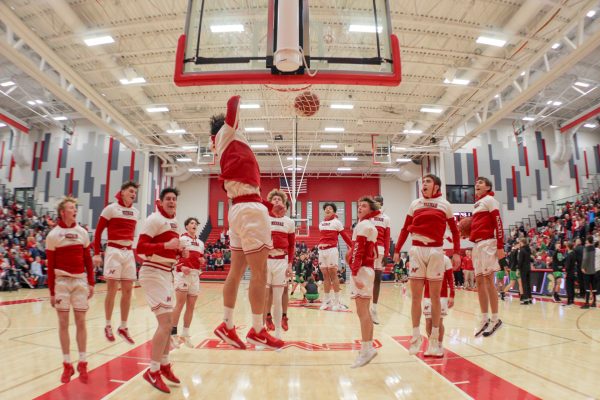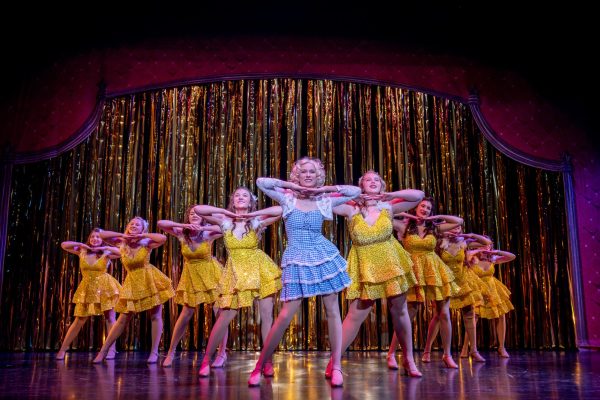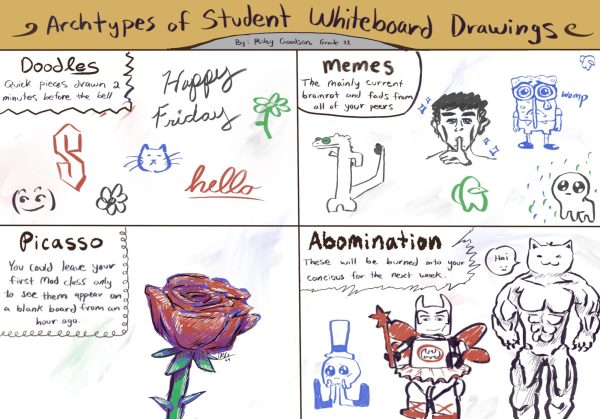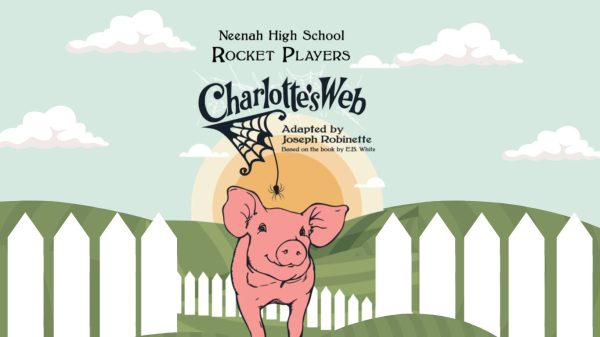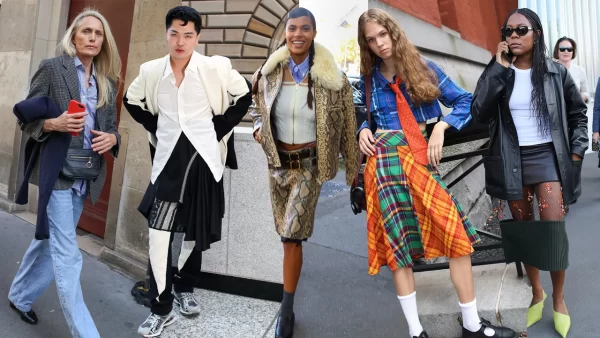Transmission Focus: V a p o r w a v e Matters to the Modern Music World
Explaining the new artistic movement
Have you ever heard the 1984 Diana Ross banger “It’s Your Move”? If no, take a second to travel back to the land of big hair and Ronald Reagan. Next, check out “リサフランク420 / 現代のコンピュー”, or in English, “Computing of Lisa Frank 420/Contemporary”.
Notice anything familiar?
You should, seeing as “Computing” is effectively the same exact song, just slowed down and with its parts spliced. This, the slowing and chopping of ’80s fusion jams, is what a new genre of music, Vaporwave, is often equated to. It is not the most wildly inaccurate thing you can say about the style, but in just a few short years, Vaporwave has evolved from practically a joke to a diverse style of music, with many sub-genres and literally countless artists. Today I would like to clear up exactly what Vaporwave is, and why it should matter to the modern music world.
There is not any exact starting point for the genre, but most people attribute Vaporwave’s stylistic origins to the album Chuck Person’s Eccojams Vol. 1, which was released in 2010. This album was made by electronic music producer Oneohtrix Point Never under the pseudonym Chuck Person, and consisted of ’80s jazz fusion tracks slowed down and spliced in a strange manner. Very small bits of the songs are repeated over and over again in strange patterns, a style dubbed as “Chopped and Screwed.” While it may have easily irritated some listeners, it actually managed to enthrall others. The album picked up traction on Internet forums such as Reddit, and soon enough, other artists began to emerge with their own versions of this odd new style. You could not really call Vaporwave solidified in the music world, though, until Macintosh Plus’s Floral Shoppe hit the net. Featuring much better sound resolution and production quality, Floral Shoppe was the exact innovation that Vaporwave needed to gain a more widespread appeal.
It is all probably starting to sound boring now. So a bunch of people opened up computer programs, slowed some ’80s songs down, and cut it up all funny. How is that enough to be considered a new genre of music, much less be the topic of a Satellite article?
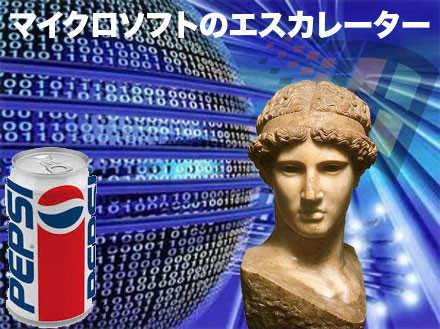
Often times people will tell you that it is not about what you say as much as how you say it. That is the case with Vaporwave as well. Not only does the genre bring a new style of music, it also brings an interesting new art movement with it as well. The word “aesthetic” has become synonymous with Vaporwave, as tons of art consisting of cut up images of retro technology (Windows 95 logos, MS Paint screens, etc.), Greco-Roman busts, and various corporate products such as Fiji Water and Pepsi have surfaced online. Song titles are often written with spaces between each letter, in lowercase, and with odd symbols such as backslashes and vertical bars, not to mention the obsession with vintage Japanese culture and heavy use of the language.
There is a heavy focus on consumerism in the Vaporwave community. With artists such as Saint Pepsi playing on the heavy corporate advertising of the 1980s by making music with melodies from advertisements and creating music videos with old footage from commercials. It is all centered in an ironic attack on big business; the newest form of art is made out of corporations. The term itself is derived from the word “vaporware,”which refers to products that corporations end up scrapping, but the word wave to signify the new wave of expression that has arrived in the wake of its own antithesis.
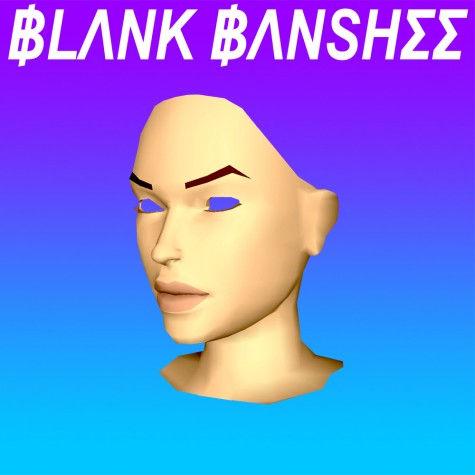
Not to mention that spliced ’80s music no longer can encompass the world that Vaporwave has built. Many other styles of music have now been mixed in. Blank Banshee, for instance, puts a trap flavor onto the genre, while the aforementioned Saint Pepsi dabbles in the new subgenre of “future funk” that combines groovier, bigger beats with the classic Vaporwave sound. Don’t feel like dancing? 2814 has you covered with a much dreamier, ambient selection. These are only the bigger names in the style, however, which brings me to perhaps the most interesting and revolutionary aspect of this new movement.
Anyone can make Vaporwave and submit it. Countless free music streaming services such as SoundCloud and Bandcamp provide opportunities for any individual with a music editing/creation platform to make and share their own songs. The Internet age of music has brought about an anonymity to the process. Listeners can simply subscribe to Vaporwave groups on these websites and be supplied with practically endless amounts of this music. Popularity certainly does still exist here, but rock stars are effectively dead in this place. It is no longer about the artist, it is about the art.
The bottom line? Unlike fluke genres like Seapunk, Vaporwave is here, it is real, and it is incredibly smart. Anyone can enjoy or create the music or art, and can use it as a statement. A social progression rather than simply a musical niche, this new and old, bright and dark world of cyber dreams has certainly established itself, and has the unique power to welcome anyone inside. Age, gender and race are irrelevant, Vaporwave is by the people, for the people, and it is only a click away.


